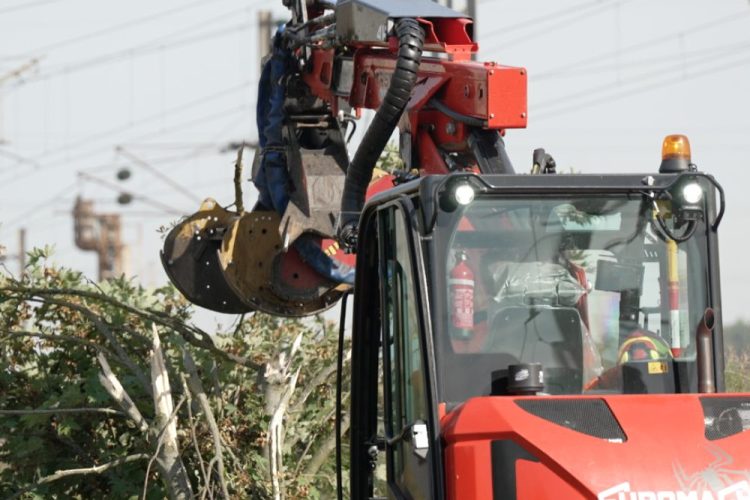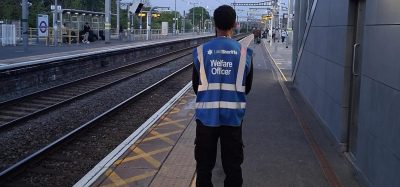Leaves on the line: SNCF’s Strategy to Avoid Train Delays
Posted: 11 October 2023 | Emily Budgen | No comments yet
SNCF have a strategy for leaves on the line, ensuring autumn weather does not cause train delays or cancellations.


The Société Nationale des Chemins de Fer Français (SNCF) have a strategy for autumn weather, ensuring minimal railway disruption. The combination of autumn leaf-fall and wet track can disrupt rail traffic and cause delays. SNCF are trying to stay one step ahead, keeping passengers updated in real time.
The autumn season is characterised by falling leaves and wet weather – a familiar problem to rail operators the world over. As thousands of tonnes of leaves drop onto the tracks, passing trains compact them into film that reduces traction.
SNCF have launched Adhérence, an in-house project that includes experts in rail traffic, network maintenance driving, and rolling stock. The Adhérence team is improving trains’ experiences with two problems caused by poor wheel-to-rail adhesion: wheel spin and wheel slide.
When wheels cannot grip the track, they spin, making it harder for drivers to accelerate and reach standard speed, therefore delaying trains or even bringing them to a standstill.
Poor adhesion also makes braking distances longer. In the worst scenarios, the wheelset locks, and slides along the track, causing enough damage to both wheels and track to require maintenance.
To combat this, SNCF have 16 high pressure water-jet trains and 64 sleet-brush trains, which clean the trainlines, and 19 underfloor wheel lathes and 3 mobile units, which repair damaged wheels. 84 major wheel slide incidents were reported in 2022. On average, a leaf-busting train cleans nearly 480 km of rail a day.
Rollingstock today is designed with fewer wheels, reducing points of contact with the track. Wheelsets therefore must work harder during braking and acceleration – but if too much force is applied, the wheels might slip or lock.
Wheel slide protection (WSP) software can limit slippage when trains brake. These measures reduce wheel profile damage and cut maintenance time. SNCF’s aim is to avoid cancelling trains and deliver safe, comfortable, and punctual service for their customers.
To keep leaves and other plant debris to a minimum, pruning and clearing bush areas starts in the spring, focusing on high-risk areas.
When leaves coat the tracks, the train can still move even with locked wheels. Braking takes longer, and as the train slides, the rail planes the wheel, creating flattened areas (wheel flats). The train therefore must be taken out of service and sent to a workshop with an underfloor wheel lathe for repair. In extreme cases, a new wheel is required. These are major maintenance operations, requiring specialized facilities and extended downtime.
SNCF have worked closely with transport authorities on their strategy, developing and deploying transport plans that protect rolling stock during high-risk periods. This helps keep train delays and cancellations to a minimum.
More Like This
Images: Network Rail finish reliability upgrade on Norfolk and Suffolk rail lines
Reliability upgrades set for the Hertford Loop line and Northern City Line
Hitachi Rail sign €77 million framework agreement with SNCF
Related topics
Adverse Weather, Bogies & Wheelsets, Passenger Experience/Satisfaction, Track Maintenance Machinery, Track/Infrastructure Maintenance & Engineering







